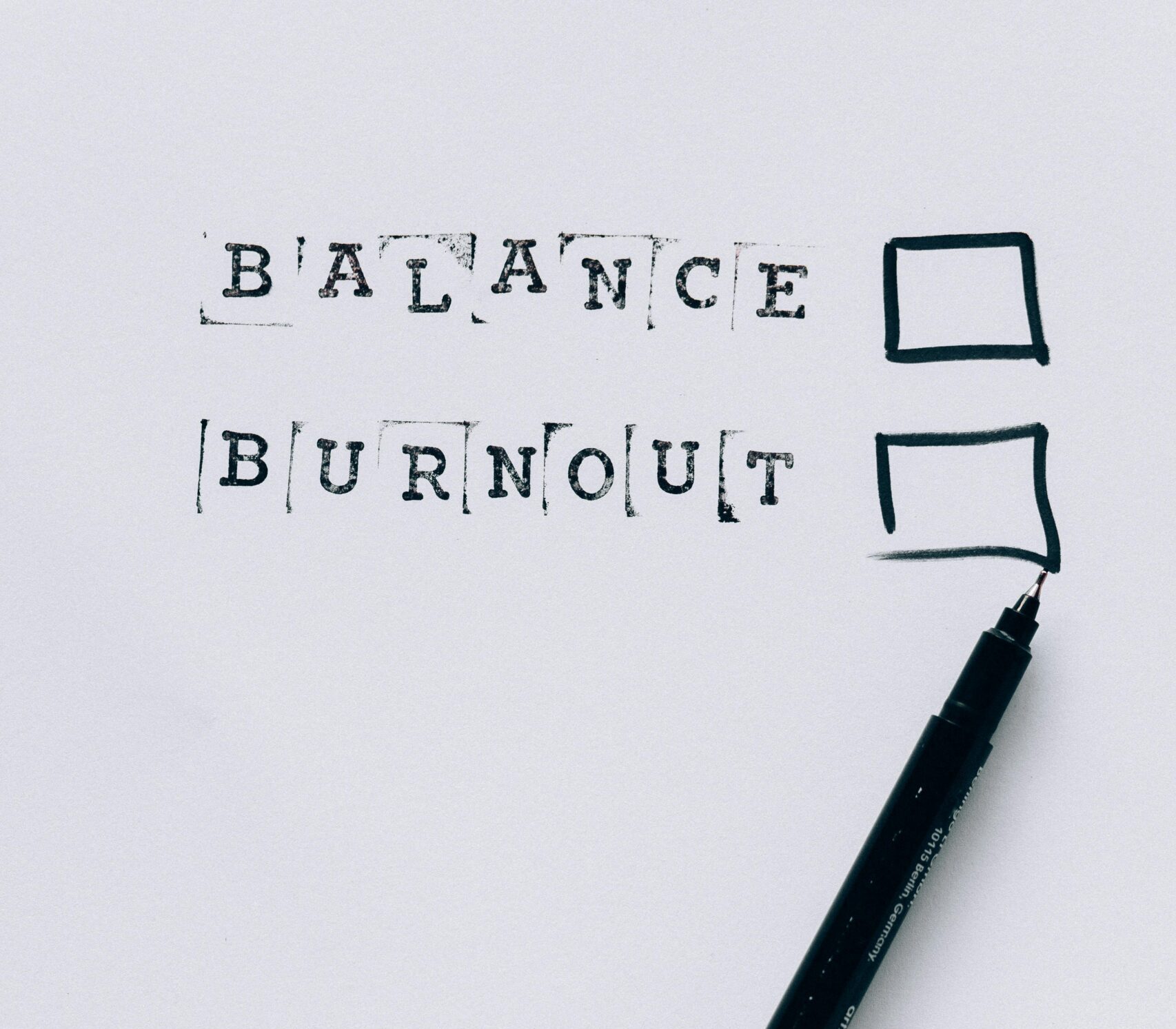Employee burnout is more than just fatigue, it’s a state of physical, emotional, and mental exhaustion caused by prolonged stress at work. If left unaddressed, burnout can lead to decreased productivity, higher turnover rates, and a decline in workplace morale. For businesses to thrive, it’s essential to recognize, prevent, and manage burnout effectively.
Understanding the Signs
Burnout often manifests through symptoms like chronic fatigue, irritability, lack of motivation, reduced performance, and feelings of detachment. Recognizing these early signs allows for timely intervention.
6 Prevention Strategies
1. Promote Work-Life Balance: Encourage reasonable workloads, flexible hours, and the use of leave days to help employees maintain personal time and rest.
2. Foster a Supportive Culture: Create a workplace environment where employees feel valued, heard, and supported. Open communication and regular check-ins can make a big difference.
3. Set Clear Expectations: Ambiguity and shifting goals create stress. Ensure roles, responsibilities, and performance metrics are well defined.
4. Encourage Regular Breaks: Promote short, frequent breaks during the day to help reset focus and reduce mental strain.
5. Provide Work from Home Options where this is practically possible: Working from home isn’t a new concept. Managers can help eliminate stigma and ensure fair application of the work from home policy.
6. Invest in Development: Employees who feel stagnant are more likely to burn out. Offer opportunities for growth, upskilling, and career advancement where possible.
5 Tips for Managing Burnout
1. Identify and Address Root Causes: Conduct anonymous surveys or feedback sessions to understand the drivers of stress in the workplace.
2. Provide Mental Health Resources: Offer access to employee wellness programs, counselling services, or stress management workshops.
3. Adjust Workloads: Rebalance workloads when necessary and avoid consistently overburdening high performers.
4. Train Managers: Equip leaders with the tools to recognize burnout and respond empathetically and constructively.
5. Lead by Example: Senior leadership should model healthy work habits, such as taking breaks and prioritizing well-being.
Preventing and managing employee burnout is not just an HR concern, it’s a business imperative. By prioritizing employee well-being, businesses can build a more resilient, engaged, and productive workforce.

